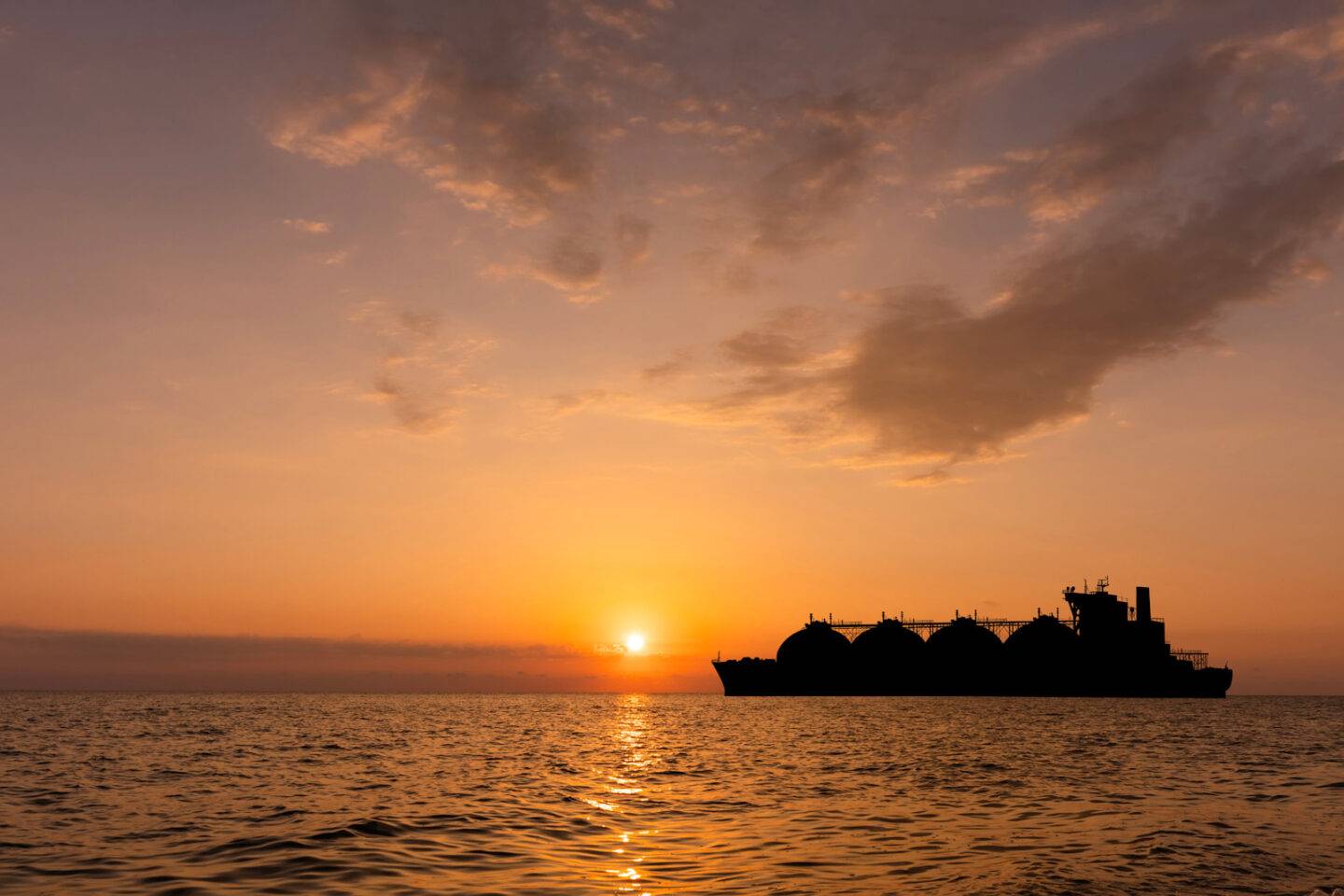Jeremy says there are four key areas to focus on to prepare for future change.
1. The energy transition
As regulatory demands intensify — from carbon credits to compliance tracking — a secure, future-ready system which stays up to date becomes your operational backbone.
“Risk Manager helps fleets manage carbon exposure, trade credits smartly, and stay aligned with FuelEU, EU ETS and beyond.”
Fuel is key. No single fuel will solve the zero-carbon challenge. Jeremy says you will have to start building optionality in fuels, whether your future includes hydrogen, methanol, ammonia or even nuclear. It starts with understanding fuel technology.
“You need to build a plan to hedge your bets towards a fuel technology that’s going to be adopted in the future, and that is not trivial.”
Having a plan is also becoming fundamental to fundraising. Jeremy says, “Money often comes with green clauses: you need to demonstrate green credentials and a plan. And if it’s your money, how do you know where to invest?”
OneOcean benefits from being part of Lloyd’s Register, which has a range of programmes geared towards the energy transition. So, the organisation is plugged into the latest thinking in the area and translates this into training and information tools that support change.
Jeremy says it starts with people.
“Whatever fuel we choose, I need to understand how to manipulate it, I need to understand how to load it, how to discharge it, consume it, move it and the technology around it.”
“Our thinking starts with: let’s train the people, make sure they feel certified and are competent to do this work.”
2. Talent: the new competitive edge
One underappreciated dimension of future-proofing? People.
Labour shortages are growing. Fewer individuals from traditional seafaring nations are choosing life at sea. Jeremy says the problem is not necessarily the quantity of people who are willing to go to sea. It is finding the right people that counts.
“The ability to find talented, really experienced people, that’s going to get really hard.”
So how do we make maritime careers appealing again and ensure a ready flow of highly-skilled seafarers? Jeremy makes a compelling point:
“The industry is going to have to make going to sea attractive and modern. How do the new generation of people want to consume information? What is the gamification of digital solutions on ship to make me excited about going to sea? I think a lot of it is going to be about leveraging really important technology to make the experience of the seafarer on ship a lot more interesting.”
“I’m looking at other industries to learn from. Duolingo, as an example, has made an experience out of learning.”
So, attracting the next generation of maritime talent will depend on how digital your operation feels, not just how compliant it is.
“Digital solutions will be used not to go towards hyperautomation but towards an enhanced experience for the seafarer as a kind of augmented reality.”
3. Regulations and risk
The pace of regulatory change has stepped up in the last decade, and even more since COVID. The signs are it will only increase. Keeping up with the latest regulations is a big issue for today. Identifying what is coming down the line is one to make sure you are ready for tomorrow.
OneOcean’s suite of solutions track, tag, organise and communicate the latest regulations from all sources. Customers can therefore spend their time identifying where the legislation is going and how to respond.
Barry Hooper says, “We want to help inform the decisions you make; we can improve the depth, value and quality of the decisions.”
And digital tools can help identify wider risks, says Jeremy Daoust.
“We have the best Safety Management System and Technical Management solutions. These enable customers to try new things, such as different fuels, to future-proof at lower risk. That’s because we provide a basket of technologies to operationalise these solutions and capture the data to make better decisions for this year, next year, the year after — iteratively upping our game.”
4. More integrated ship/shore operations
Jeremy says that with better connectivity, ship/shore integration is happening quickly.
“Starlink has been a disruptor. The clearer the connection between ship and shore, the more opportunity there is for an autonomous ship, or certainly automated technologies.
“You’ll see shore centres starting to form as operating centres that have much more power over decision-making, and a smaller contingent on ship — more execution.”
He thinks this will be particularly present on bigger services, such as cruise liners or container ships.
“It’s very predictable where these ships are headed, a pre-defined route. That kind of model aligns very well with shoreside decision making.”
The OneOcean Platform indicates where things are going, with far greater connectivity between those on board and those ashore.
